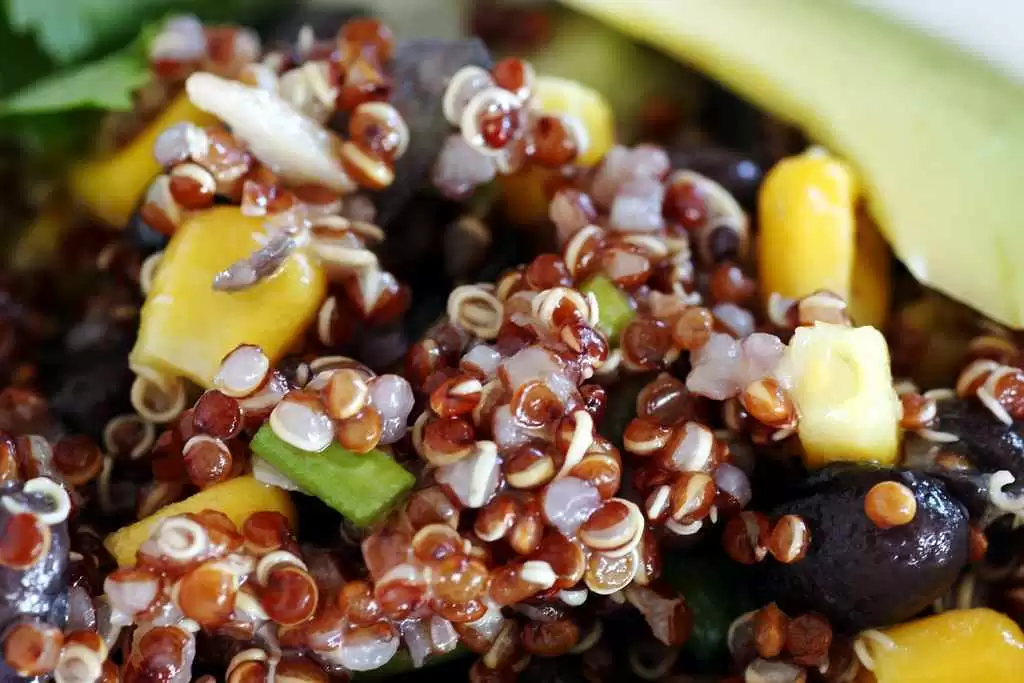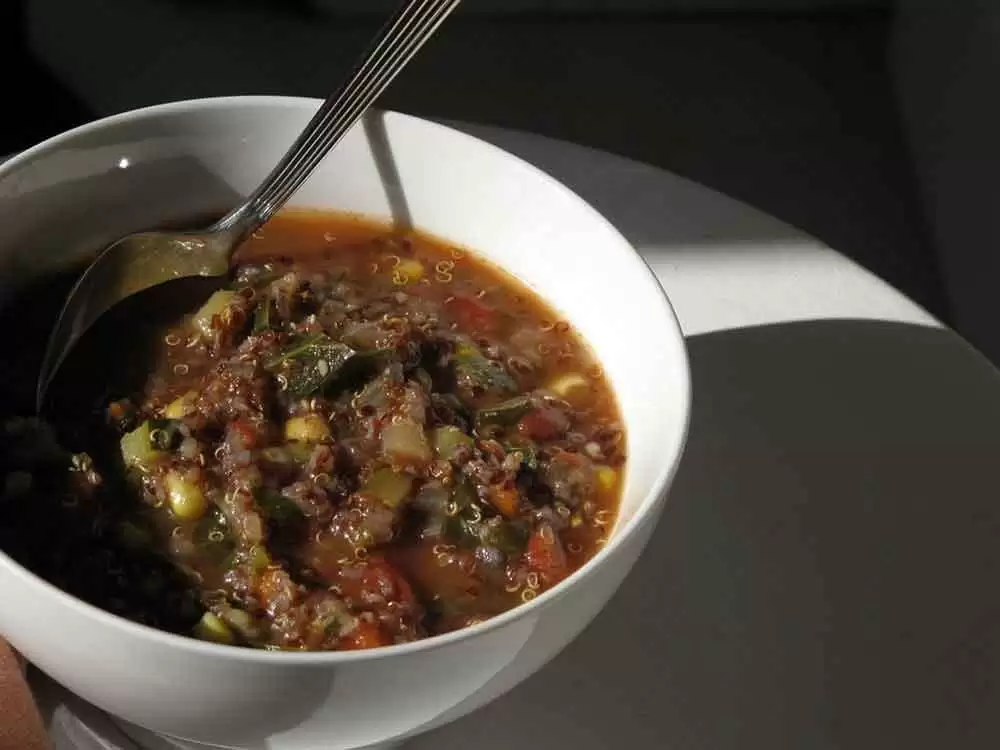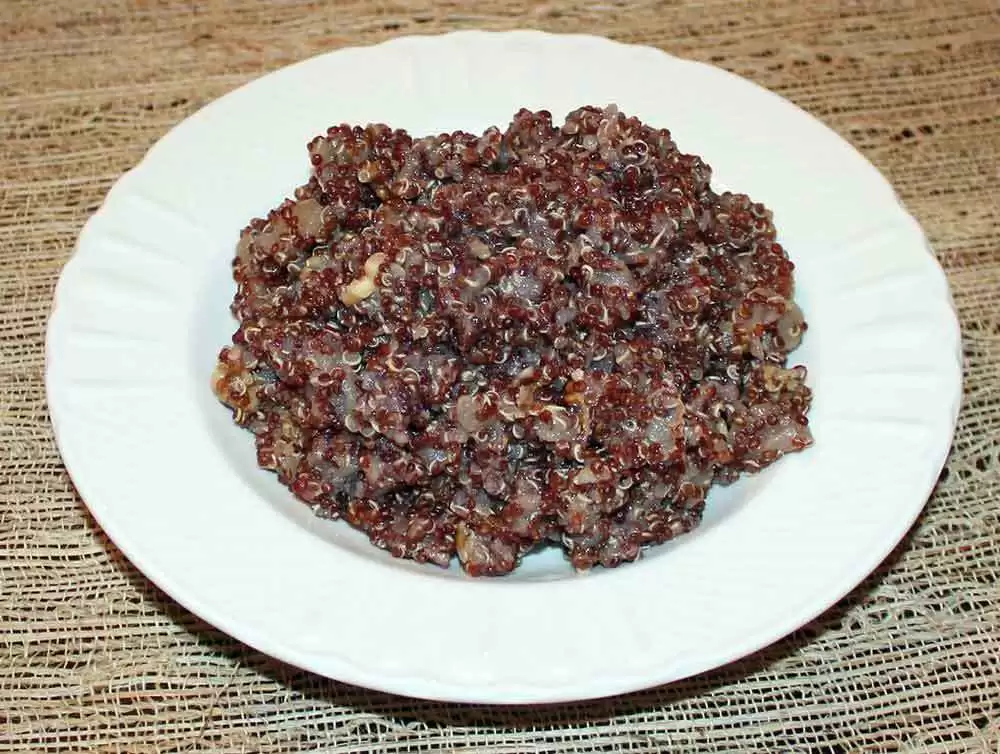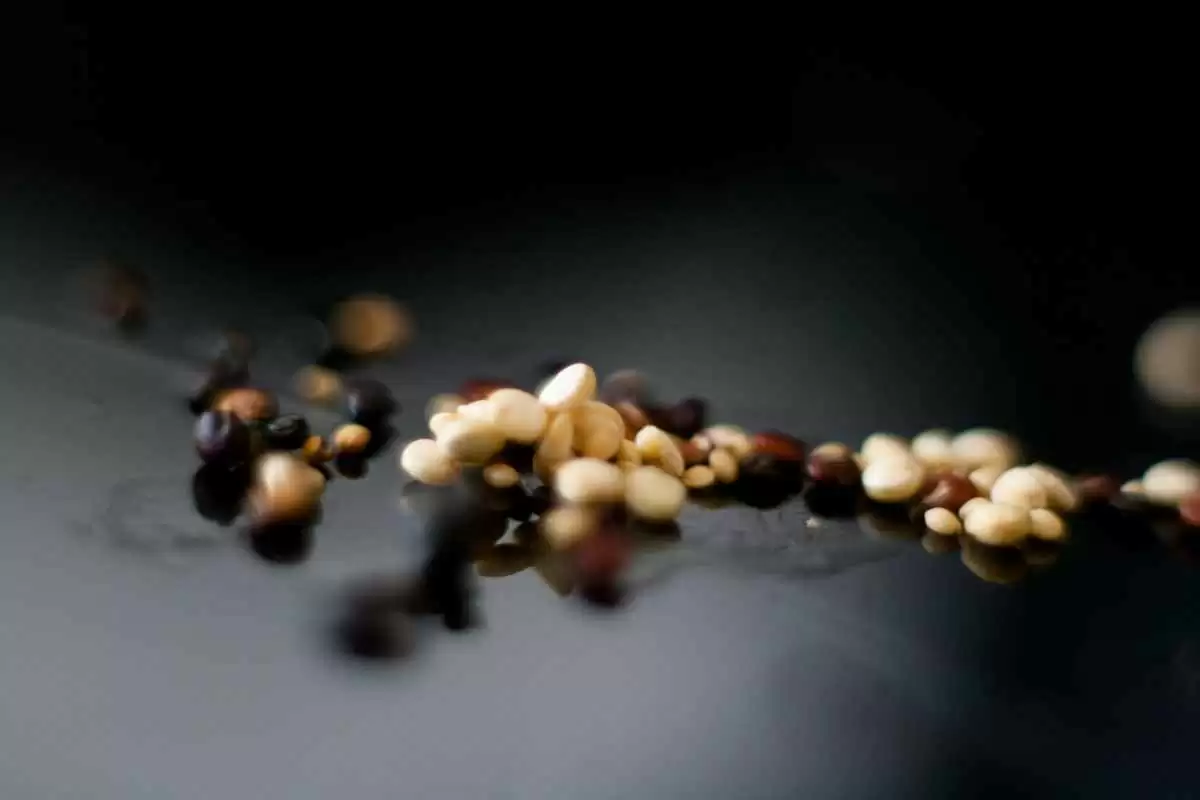Celiac.com 02/05/2025 - In recent years, the demand for gluten-free products has grown significantly due to the rise in celiac disease diagnoses and increased consumer preference for gluten-free diets. A groundbreaking study has focused on improving the quality of gluten-free quinoa sponge cakes through an innovative combination of microwave heating and the addition of amino acids, namely lysine and arginine. This research sheds light on how specific treatments can enhance the structural and nutritional properties of gluten-free baked goods, offering new possibilities for individuals with gluten intolerance or those seeking healthier food options.
Quinoa: A Nutritional Powerhouse for Gluten-Free Baking
Quinoa, a naturally gluten-free grain, has garnered attention for its high nutritional value, containing essential amino acids, vitamins, and minerals. With a protein content of 12% to 16%, quinoa is an excellent base for creating gluten-free products. However, baking with quinoa poses challenges because its proteins lack the elastic properties of gluten, making it difficult to achieve the desired texture and gas retention in baked goods.
Celiac.com Sponsor (A12):
Steamed sponge cakes, which are generally lower in fat and sugar compared to traditional baked products, offer a healthier alternative. Yet, quinoa’s inability to form a cohesive protein network in these cakes has required innovative approaches to improve their quality and appeal.
Microwave Treatment and Amino Acids: A Game-Changer
The study explored how microwave heating combined with lysine and arginine could transform the texture and nutritional profile of quinoa sponge cakes. Microwave treatment, when paired with these amino acids, was found to significantly enhance protein aggregation and gelation. This resulted in improved water-holding capacity, increased volume, and better texture in the sponge cakes. The cakes treated with this method achieved a specific volume increase of 49%, offering a fluffier and more appealing final product.
Notably, lysine and arginine played a crucial role in the reorganization of quinoa proteins during microwave heating. These amino acids helped create a denser protein network around starch granules, as observed under confocal laser scanning microscopy. This structural enhancement not only improved the physical attributes of the cakes but also had implications for their nutritional benefits.
Impact on Digestibility: A Balanced Approach
One of the most significant findings of the study was the impact on digestibility. Simulated digestion experiments revealed that quinoa sponge cakes treated with microwave heating and amino acids exhibited higher protein digestibility but reduced starch digestibility. This is an important development for those with gluten intolerance, as it suggests the cakes can provide a better balance of macronutrient absorption.
The reduced starch digestibility, combined with higher protein availability, aligns with the concept of low-glycemic-index foods. Such foods can help maintain stable blood sugar levels, making these quinoa cakes a suitable option for individuals with celiac disease or those looking to manage their carbohydrate intake more effectively.
Improving the Gluten-Free Baking Experience
The study also highlighted how the inclusion of lysine and arginine contributed to the cakes’ crystallinity and structural integrity. X-ray diffraction analysis showed increased crystallinity, indicating a more stable and organized molecular structure. This stability translates to a better mouthfeel and overall sensory experience for consumers, addressing one of the common complaints about gluten-free baked goods.
Additionally, Fourier Transform Infrared Spectroscopy confirmed that no new chemical bonds were formed during the treatments, ensuring the safety and natural quality of the cakes. This finding underscores the potential of microwave-assisted amino acid treatment as a clean-label technique that does not rely on artificial additives or preservatives.
What This Means for People with Celiac Disease
For individuals with celiac disease, this study represents a step forward in creating gluten-free products that are not only safe but also enjoyable to eat. Many gluten-free baked goods are criticized for their dense, dry texture and limited nutritional value. By leveraging the synergistic effects of microwave heating and amino acid supplementation, this research provides a pathway for improving both the sensory and nutritional attributes of gluten-free foods.
Moreover, the reduced starch digestibility in these quinoa sponge cakes offers an additional health benefit, as it may help prevent the blood sugar spikes often associated with high-starch gluten-free products. For people managing celiac disease alongside other conditions like diabetes, this innovation could provide a more balanced dietary option.
A Promising Future for Gluten-Free Innovations
This study highlights the potential of combining cutting-edge techniques with natural ingredients to improve gluten-free baking. By enhancing the texture, volume, and nutritional profile of quinoa sponge cakes, the research paves the way for creating healthier and more appealing gluten-free options.
For those with celiac disease or gluten sensitivity, these findings offer hope for better-tasting and more nutritionally balanced products. As the demand for gluten-free foods continues to grow, innovations like these are poised to transform the market, making it easier for individuals to enjoy safe, delicious, and health-conscious alternatives.
Read more at: sciencedirect.com










Recommended Comments
There are no comments to display.
Create an account or sign in to comment
You need to be a member in order to leave a comment
Create an account
Sign up for a new account in our community. It's easy!
Register a new accountSign in
Already have an account? Sign in here.
Sign In Now